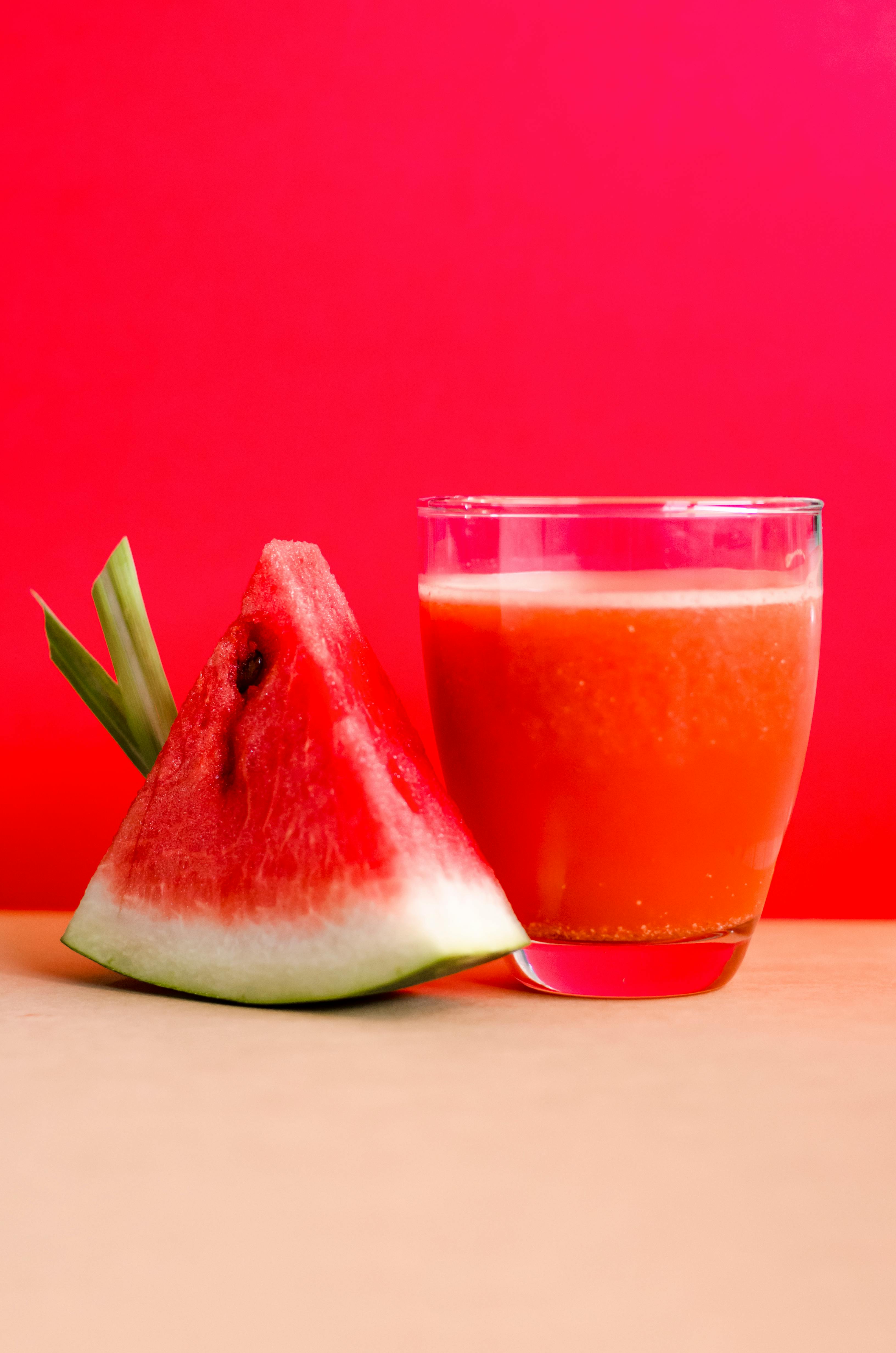
Effective Guide to the Gomad Diet for Optimal Weight Gain in 2025
The Gomad diet, short for "Gallon of Milk a Day," has gained traction among individuals looking to gain weight and build muscle. It emphasizes the consumption of one gallon of whole milk each day alongside a structured weight gain nutrition plan. For those aiming to bulk up, especially bodybuilders and hard gainers, this diet offers a strategic approach to achieving a calorie surplus while ensuring adequate protein and fat intake. In this guide, we will explore the essential components of the Gomad diet, its benefits, and offer practical meal plans to help you reach your fitness goals in 2025.
Understanding the Gomad diet is crucial as it not only focuses on high caloric intake but also on the right types of food and how they align with your body’s needs. Drinking whole milk significantly boosts calorie intake, supporting healthy muscle gain and aiding recovery after workouts. Additionally, we will discuss various considerations and strategies for safely integrating this diet into your lifestyle while maximizing muscle hypertrophy and strength training benefits.
Explore crucial tips to succeed on the Gomad diet, learn about the nutritional value of milk, and discover how to create a balanced and effective meal plan. By the end of this article, you will have the knowledge needed to tackle the Gomad diet and achieve your bodybuilding aspirations.

Understanding the Basics of the Gomad Diet
What is the Gomad Diet?
The Gomad diet is an extreme nutritional strategy primarily focused on weight gain through increased caloric intake. It encourages participants to consume a gallon of whole milk daily while following a balanced high-calorie diet. The calorie-rich whole milk acts as a critical nutrient source, providing fats, proteins, and carbohydrates necessary for muscle growth. Integrating this approach into a fitness regime can significantly enhance muscle preservation and hypertrophy, especially for those engaging in strength training.
Benefits of Drinking Whole Milk
Whole milk is packed with essential nutrients such as vitamin D, calcium, and healthy fats, making it a superb choice for athletes and bodybuilders. The milk protein casein and whey contribute to muscle recovery and growth, making it an integral part of a weight lifting nutrition strategy. Drinking whole milk can increase your daily caloric intake, supporting those struggling to gain weight or build muscle mass. Additionally, milk has benefits for hydration and is a great option to include as a post-workout recovery food.
Caloric Surplus and Weight Gain
A caloric surplus is necessary for weight gain, which means consuming more calories than your body burns. The Gomad diet ensures this through whole milk and calorie-dense foods, making it an effective approach for hard gainers. Maintaining this surplus while focusing on a macro tracking approach is critical for effective bulking without significant fat gain. People following this diet typically observe faster muscle growth and energy levels, crucial for achieving fitness goals.
Incorporating Healthy Fats and Protein
Besides milk, incorporating healthy fats from other sources such as nuts and avocados can enhance the calorie density of your meals while supporting overall nutrient intake. Additionally, prioritizing high protein foods, including lean meats, fish, and beans, is vital for muscle repair and growth. Optimizing your macronutrient balance will ensure that you not only gain weight but also gain it in a healthy manner, emphasizing lean muscle development.
Setting an Effective Meal Plan
A well-defined meal plan is essential for successfully following the Gomad diet. Daily caloric goals should be established based on individual energy needs, taking into account factors such as physical activity level and metabolism. Your meal plan should include multiple meals and snacks throughout the day, contributing significantly to your overall caloric intake. Planning meals centered around whole foods and integrating high-calorie beverages can make it easier to reach these goals.
Building on these fundamentals, we can now explore practical strategies for meal preparation and timing, which play a vital role in contributing to your overall success on the Gomad diet.
Practical Meal Preparation Strategies for the Gomad Diet
Meal Timing and Frequency
Adhering to a specific meal timing strategy can enhance your body’s ability to absorb nutrients while optimizing muscle growth. For effective weight gain, it is recommended to consume smaller, frequent meals throughout the day, including snacks that are calorie-dense. This approach assists in maintaining energy levels and preventing feelings of fullness that may hinder further caloric intake. Additionally, implementing nutrient timing around workouts can maximize muscle recovery and growth.
High-Calorie Beverages and Snacks
Incorporating high-calorie beverages and snacks into your diet can significantly contribute to your overall caloric intake. Creating smoothies with whole milk, protein powder, and fruits is an effective way to intake more calories while enjoying a nutritious drink. Snacks such as nut butter on whole grain bread or trail mixes with dried fruits and nuts are ideal for quick, calorie-dense options that align with your goals.
Sample Meal Plan for a Day on the Gomad Diet
Here's a sample meal plan to illustrate how the Gomad diet can be implemented effectively:
- **Breakfast**: Scrambled eggs with cheese, oatmeal with peanut butter, and a glass of whole milk.
- **Mid-Morning Snack**: A smoothie made with whole milk, banana, and protein powder.
- **Lunch**: Grilled chicken, quinoa, steamed vegetables, and a glass of whole milk.
- **Afternoon Snack**: Greek yogurt with honey, nuts, and berries.
- **Dinner**: Steak or fish, sweet potatoes, broccoli, and a large glass of whole milk.
- **Evening Snack**: Cottage cheese with fruit or a high-calorie protein bar.
Healthy Eating Guidelines
When following the Gomad diet, it is important to establish healthy eating guidelines to ensure that your weight gain strategy is balanced. While high-calorie foods are necessary, focusing on the quality of the calories consumed is equally important. Prioritizing whole foods, fiber, and nutrient-rich choices will support overall health and long-term sustainability in your diet. Avoid relying on junk food, as it can lead to unhealthy weight gain and negatively impact your health.
Monitoring Progress and Adjustments
Regular monitoring of your progress is key to understanding how your body responds to the Gomad diet. Keeping track of your weight, muscle growth, and overall energy levels can help you determine whether adjustments are necessary. Consider consulting with a dietitian for personalized recommendations tailored to your specific goals and lifestyle. This approach fosters an understanding of habits that promote healthy weight gain and muscle development.

Gaining Lean Muscle Through the Gomad Diet
The Role of Protein in Muscle Building
Protein plays a crucial role in muscle building and repair. To maximize gains on the Gomad diet, ensure that you are consuming sufficient high protein foods, particularly those that are quickly digestible post-workout. Chicken, fish, eggs, and dairy sources are excellent options to meet your daily protein intake goals. The general guideline for athletes is to aim for a protein intake of 1.6-2.2 grams per kilogram of body weight, which can be achieved effectively with the inclusion of whole milk in the diet.
Understanding Macronutrient Ratios for Bulking
For those following a Gomad diet, understanding macronutrient ratios is critical to achieving a balanced diet that supports healthy weight gain. A common ratio for bulking diets might be 40% carbohydrates, 30% protein, and 30% fats, allowing you to maximize energy while providing adequate protein for muscle growth. Adjust these percentages based on personal progress and energy needs to determine what works best for your body.
Hydration Practices for Performance
Hydration is often overlooked in the context of weight gain diets. Adequate hydration aids in digestion, optimizes physical performance, and supports recovery. It’s essential to drink enough fluids throughout the day, particularly after intense workouts, to replenish lost fluids. Whole milk can contribute to hydration, but incorporating water and electrolyte-rich beverages is also key in maintaining performance levels and ensuring overall health.
Safe Weight Gain Strategies
While the Gomad diet focuses on a caloric surplus, it's essential to approach weight gain safely. Rapid weight gain can lead to negative health implications, so focus on gradual increases in body weight and prioritize clean eating habits. Aim to gain no more than 0.5-1 pound per week for optimal muscle gain while minimizing fat accumulation. Regular workouts combined with proper nutrition can help ensure that the weight gained is primarily muscle.
Mindful Eating and Habit Formation
Mindful eating is an essential aspect of following the Gomad diet. This practice not only enhances your relationship with food but also aids in ensuring you consume adequate nutrients while avoiding overeating. Habits formed during the initial stages of the diet can set the tone for long-term success. Utilize meal prep techniques, mindful eating practices, and positive reinforcement to establish consistent habits that promote healthy weight gain.
With these strategies in place, let's dive into common questions regarding the Gomad diet and explore expert recommendations for best practices.
Frequently Asked Questions About the Gomad Diet
Can You Gain Weight on the Gomad Diet Without Exercising?
While it is possible to gain weight without exercise, the effectiveness of the Gomad diet is greatly enhanced by incorporating strength training into your routine. Engaging in resistance workouts helps to ensure that the weight gained is primarily muscle rather than fat. This approach fosters healthy muscle gain and supports overall fitness goals.
What Are the Risks Associated with the Gomad Diet?
Potential risks of the Gomad diet include gastrointestinal discomfort, which may arise from consuming large quantities of milk and dairy products. It's crucial to monitor your body's response and ensure that you are not experiencing adverse effects. Adjustments in dairy intake or incorporating dairy alternatives might be needed for those with lactose intolerance. Always consult with a healthcare professional before starting new diets.
How Long Should You Follow the Gomad Diet?
The duration of following the Gomad diet will vary based on individual goals and results. Many choose this diet as a temporary method to achieve specific muscle gain or weight goals. After reaching these goals, it may be beneficial to transition to a more balanced diet that supports maintenance while still being high in calories and nutrients. It’s advisable to periodically reassess your nutrition strategy with an expert.
Can You Customize the Gomad Diet for Vegetarians or Vegans?
Absolutely! Although the traditional Gomad diet focuses on milk, it can be adapted to suit vegetarian or vegan diets by incorporating alternative high-calorie beverages like plant-based protein shakes, nut milks, and supplements that provide essential nutrients. Working with a nutritionist can help you create a balanced plan that meets your dietary preferences while achieving mass gain goals.
How Important Is Tracking Calories on the Gomad Diet?
Tracking calories is essential for success on the Gomad diet, as understanding your caloric intake helps ensure that you maintain the necessary surplus for weight gain. Employing macro tracking apps can simplify this process while providing insights into your nutrient balance. Accurate tracking allows for better adjustments based on progress, making it an invaluable tool in your nutritional arsenal.
As you embark on your journey with the Gomad diet, remember that consistency, proper hydration, and thoughtful nutrition choices are vital for maximizing results. By fully understanding the principles and making well-informed choices, you can achieve your desired fitness outcomes effectively.